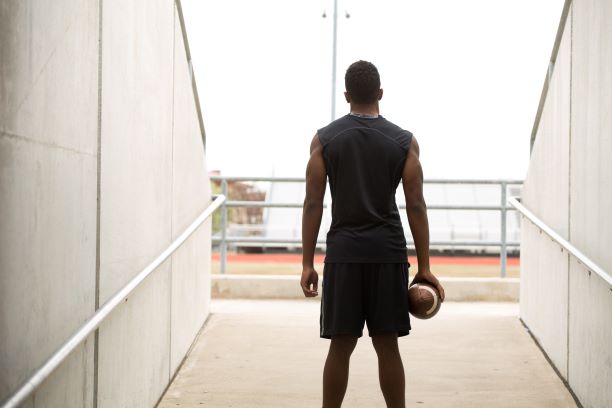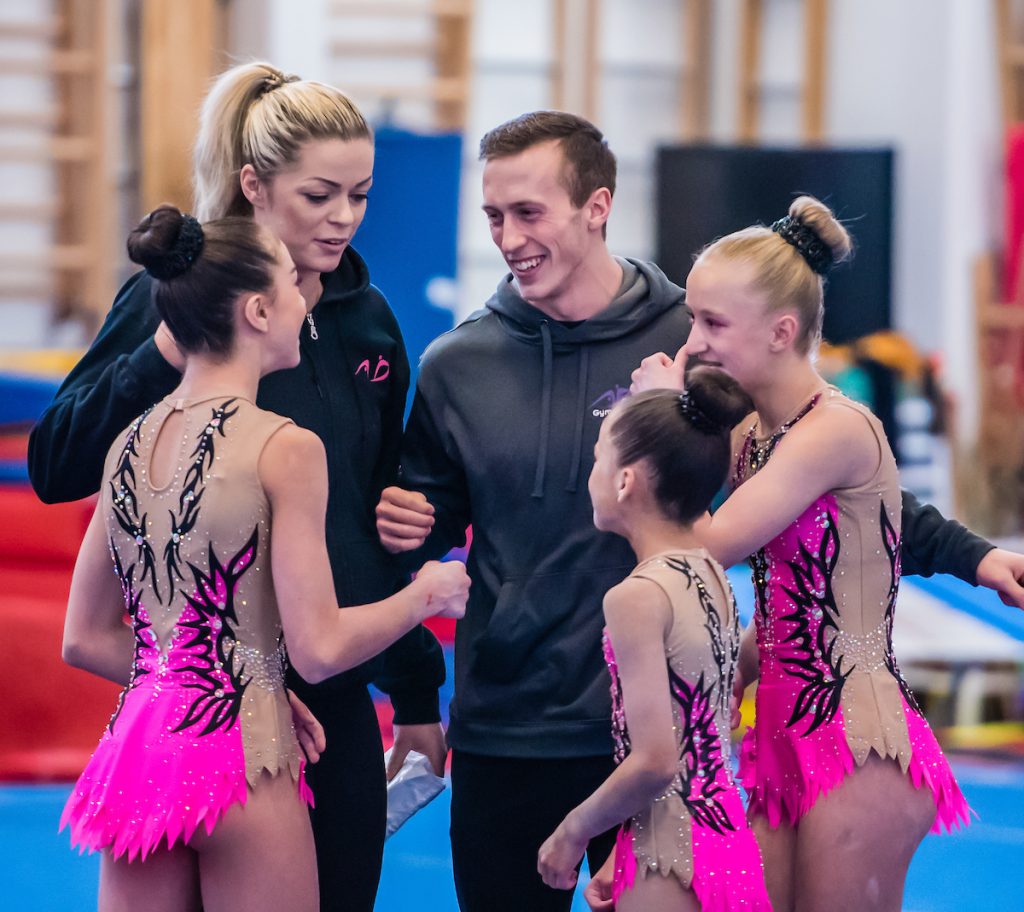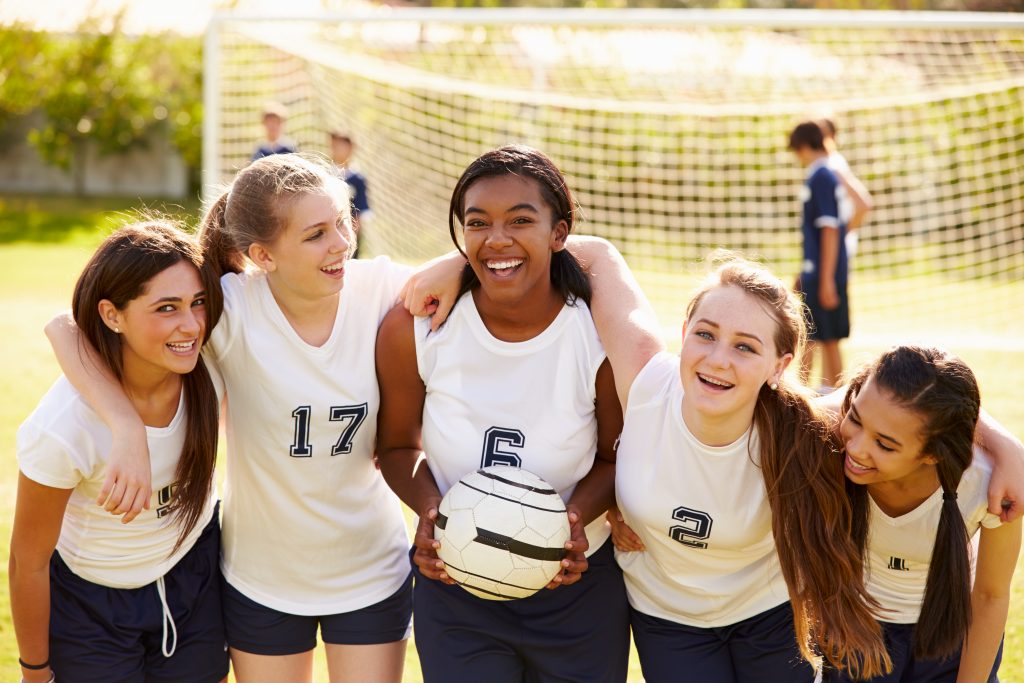Perspectives on doping prevention
To determine the most effective means to deter doping in sport, why not ask the athletes? In new research from the University of Münster, elite German cyclists and field athletes suggested: 1) improving detection and diagnostics, and 2) increasing bans for offenders and strengthening anti-doping laws. Increased fines and leniency programs for offenders who cooperate…
Soccer balls and concussion
The average soccer player heads the ball 12 times in a game, and each header carries up to 100g acceleration – enough to cause serious brain damage. New research from Purdue University shows that deflating balls to pressures on the lower end of ranges enforced by soccer governing bodies, and replacing them when they get…
Injury concealment in rowing
Lower back pain is a common experience amongst rowers. Unfortunately, new research from Trinity College Dublin uncovered a culture of concealment of pain and injury that compelled athletes to hide their symptoms, jeopardizing their physical and mental health. Education for rowers and support staff about the benefits of early disclosure and the creation of a…
Tackling Racism on Campus

George Floyd, Ahmaud Arbery, Breonna Taylor, Regis Korchinski-Paquet and D’Andre Campbell are names of Black men and women who were killed this past year. Their tragic deaths sparked a global conversation about anti-Black racism, police brutality, white supremacy and the systemic challenges that Black, Indigenous and people of colour (BIPOC) face every day. Within the…
Experts in the House – Q&A with Beckie Scott on Integrity in Sport

In this highly-anticipated SIRC webinar, Politics vs Principle: retaining integrity in sport, and why it matters, Beckie Scott discussed the importance of ethics and integrity in sport and safeguarding the rights of athletes in the face of increasing pressures to generate revenue and the expectations of International sport bodies. Below is a video recap of…
A True Sport Journey: Gymnastics Canada’s new Values-Based Coaching Module

“Build the foundation. Create champions. Inspire the nation.” Although Gymnastics Canada’s (GymCan) mission statement refers to the sport of gymnastics, it could also describe their new project with the Canadian Centre for Ethics in Sport (CCES) to create a True Sport e-learning course for coaches. What is True Sport? If you’re involved in community sport,…
Inclusion Must Be Intentional

According to the Oxford English Dictionary, “inclusion” is the action or state of including or of being included within a group or structure. True inclusion involves authentic and empowered participation and a true sense of belonging for all participants. However, if we want to be successful with inclusion, we must intentionally plan for it –…
Request for Proposals – Analysis of existing research and best practices supporting the implementation of the Universal Code of Conduct to Prevent and Address Maltreatment in Sport
Creating a safe and welcoming environment, free from abuse and harassment, is a priority of the Canadian sport system and the Government of Canada. In December, 2019, the Universal Code of Conduct to Prevent and Address Maltreatment in Sport (UCCMS, version 5.1) was released, the culmination of extensive consultation and collaboration with the national sport…
Safe Sport Training
Safe, inclusive sport environments help make sport rewarding and enriching for all. The Coaching Association of Canada’s new Safe Sport Training provides decision-makers, coaches, athletes, integrated support team personnel, volunteers and other sport community stakeholders with the knowledge and skills to create those environments by recognizing, addressing and preventing maltreatment in sport.
Gender-based Violence in Sport
Coaches can play an important role in teaching athletes about healthy relationships in and through sport. The Coaching Association of Canada is leading a new project to build the capacity of coaches and other sport system stakeholders to help prevent and address gender-based and teen dating violence. To learn about the project and complete coach and athlete…